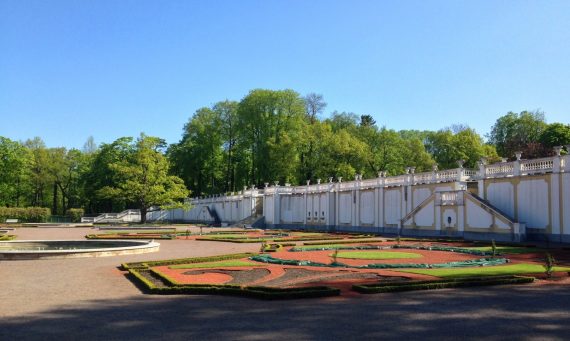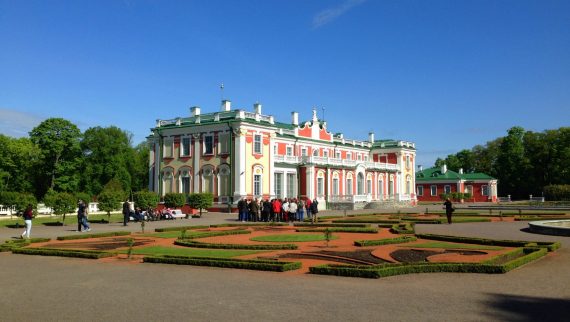On the crisp morning of May 19th, 2016, the ’19 Benton Scholars experienced what would be their first full day in the Eastern European country of Estonia. Why where we here, in this small country on the Baltic Sea? How would this trip be meaningfully linked to all the information we had been internalizing for the previous semester? In alignment with the theme of the ’19 Bentons’ second semester class Innovation in the Digital Age, Estonia was an suitable and stimulating destination, considering how the people of Estonia are so tech-savvy and steadfast in their dedication to digital literacy and transparency. This digital literacy is fostered through entrepreneurial endeavors and technical startups. Some of the most notable digital innovations from Estonia are Microsoft’s Skype, the widespread video chatting software, and Estonia’s E-Estonia, software that allows Estonian citizens to file taxes, keep health records, and vote entirely online. Why have these been so successful? One reason is that the Republic of Estonia supports entrepreneurial and technological innovation.
In fact, this government support of new ideas has grown under the current President of Estonia, Toomas Hendrik Ilves, who has been in office for nearly ten years. One of his accomplishments has involved being more receptive to citizens. President Ilves lives in the Presidential Palace in the subdistrict of Kadriorg, Estonia, which was constructed in 1938 after the Government decided to build an official residence for the President of the Republic of Estonia. Today, the President is the head of state of the Republic of Estonia, and his powers range from calling meetings of the Estonian parliament to representing Estonia to other nations and the European Union. All of these official duties are balanced with being a stable and accessible public leader.

Residence of the President of Estonia
Even the house of the President was accessible for the citizens of Estonia and had a welcoming atmosphere. To our surprise, there were no fences with steel spikes in the front of the structure, nor was there an abundance of armed guards. Only one armed guard is barely visible in the photo above, if you pay attention to the front porch of the building to observe his shoulder and his shadow. A group of ’19 Bentons (on the left) were able to walk on the stairs of the residence, where some Estonian people were awaiting a meeting indoors. The greeter that came to the door even asked us if we were there for a meeting. This governmental openness even extended beyond this physical residence. Citizens can even contact the President of Estonia (https://www.president.ee/en/contact/index.html) where their electronic messages will be registered with the appropriate department and treated as if they were physical documents. Not only is this innovative, but this also allows the concerns of the public to be heard and addressed, instead of being swept under the rug. These interactive opportunities between the people and the government foster a national rapport and serve as an example for how this degree of accessibility could be implemented by other nations.

Gardens between the President’s Palace and Kadriorg Palace
While the front of the President’s Palace is accessible to guests, the back of the palace, containing a scenic pool and gardens, is secluded from the public via white and yellow walls (above). The public, nevertheless, is still welcome to enjoy the gardens, fountains, and scenery between the barrier and the Kadriorg “pint-sized” Palace (below).

Kadriorg Palace
Previously, the Estonian head of state lived in the almost 300-year-old Kadriorg Palace (above) built in 1718 by Peter the Great for Catherine I of Russia. Today, the Kadriorg Palace has been renovated into the Kadriorg Art Museum, showcasing paintings, sculptures, vases, and other artistic relics from the 16th century forward.
The visit to the President’s Palace demonstrated how a the mindset of free inquiry in the digital world has resulted in a greater degree of openness and interaction between the government and with the constituents in the physical world, evidenced by allowing guests to peruse the grounds and those with appointments to enter in for a meeting. Not only was this display of technological transparency a refreshing and interesting observation, but it also has the potential to serve as a model for a similar system could be implemented in countries abroad to achieve similar results. Overall, the buildings at Kadriorg taught us about the local history, Estonian art and design, technology and innovation, and the support means the government has taken to make sure its citizens’ concerns are received and resolved.

